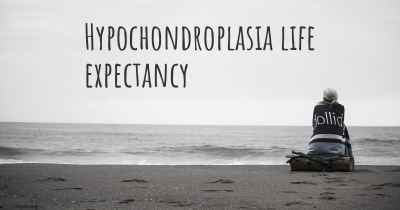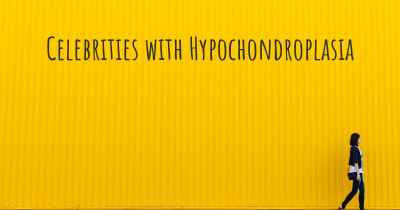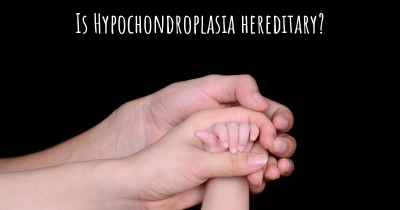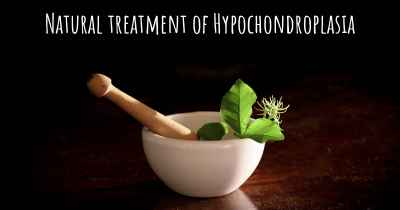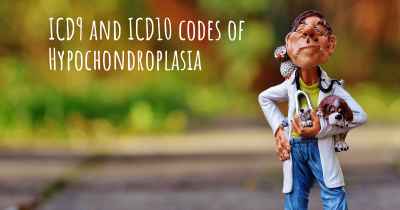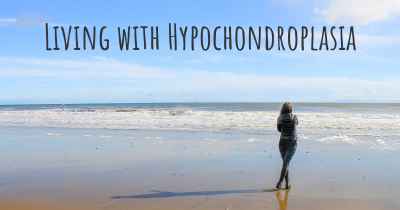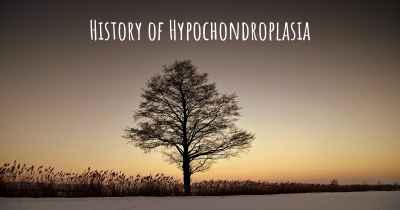Hypochondroplasia diet. Is there a diet which improves the quality of life of people with Hypochondroplasia?
Are you aware of a diet that can improve the quality of life of people with Hypochondroplasia? Is there a diet that is suggested to avoid when having Hypochondroplasia? See if there is a diet that can improve the quality of life of people with Hypochondroplasia, recommended and to avoid food when having Hypochondroplasia
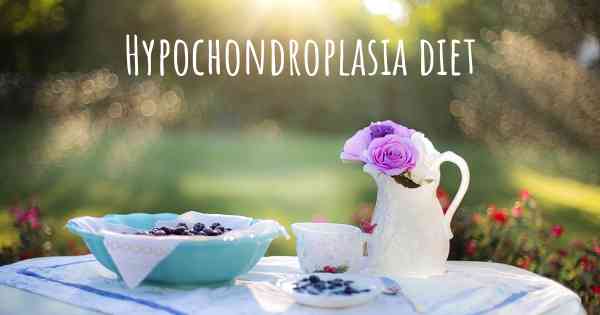
Hypochondroplasia Diet: Improving Quality of Life
Hypochondroplasia is a genetic disorder characterized by short stature and various skeletal abnormalities. While there is no specific diet that can cure or treat hypochondroplasia, maintaining a healthy and balanced diet can certainly contribute to improving the overall quality of life for individuals with this condition.
1. Adequate Nutrition:
It is essential for individuals with hypochondroplasia to consume a well-rounded diet that provides all the necessary nutrients for growth and development. This includes a variety of fruits, vegetables, whole grains, lean proteins, and healthy fats. A registered dietitian can help create a personalized meal plan to ensure adequate nutrition.
2. Calcium and Vitamin D:
Since individuals with hypochondroplasia may be at an increased risk of bone and joint problems, it is important to focus on bone health. Calcium and vitamin D play a crucial role in maintaining strong bones. Good sources of calcium include dairy products, leafy greens, and fortified foods. Vitamin D can be obtained from sunlight exposure and certain foods like fatty fish and fortified dairy products.
3. Regular Exercise:
Engaging in regular physical activity is beneficial for individuals with hypochondroplasia. Exercise helps improve muscle strength, flexibility, and overall bone health. Low-impact activities such as swimming, cycling, and yoga can be particularly beneficial. It is important to consult with a healthcare professional or physical therapist to determine the most suitable exercise routine.
4. Weight Management:
Maintaining a healthy weight is important for individuals with hypochondroplasia as excess weight can put additional strain on the joints and spine. A balanced diet combined with regular exercise can help manage weight effectively.
5. Emotional Support:
Living with hypochondroplasia can present unique challenges, both physically and emotionally. It is crucial to provide emotional support to individuals with this condition. Encouraging a positive body image, fostering self-esteem, and promoting a healthy mindset are all important aspects of overall well-being.
6. Regular Medical Check-ups:
Regular medical check-ups are essential for individuals with hypochondroplasia to monitor their growth, bone health, and overall development. Healthcare professionals can provide personalized advice and guidance based on individual needs.
While a specific diet cannot alter the genetic factors associated with hypochondroplasia, adopting a healthy lifestyle can significantly improve the quality of life for individuals with this condition. It is important to consult with healthcare professionals, including registered dietitians and medical specialists, to create a comprehensive plan that addresses the unique needs of each individual.
